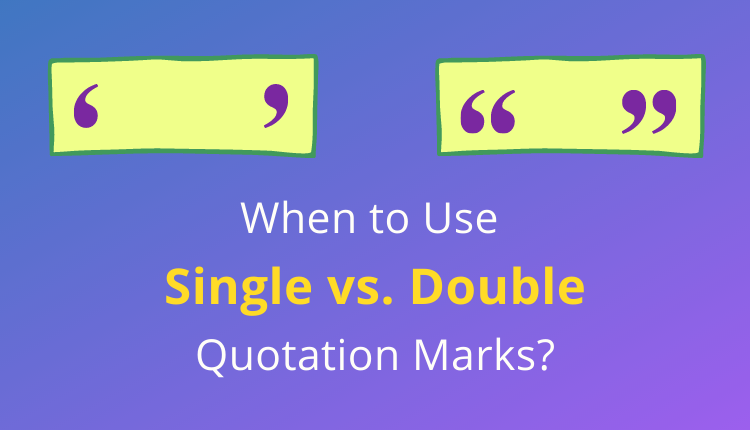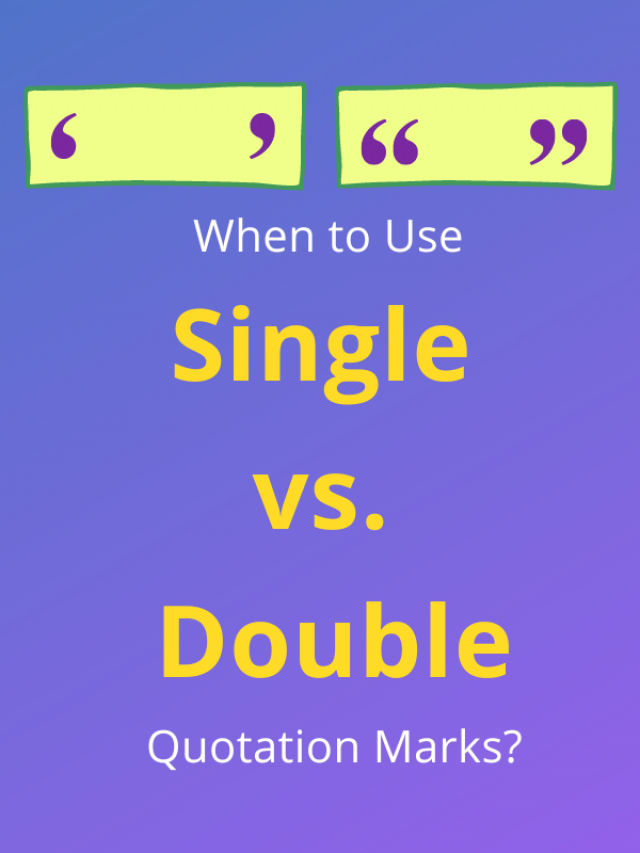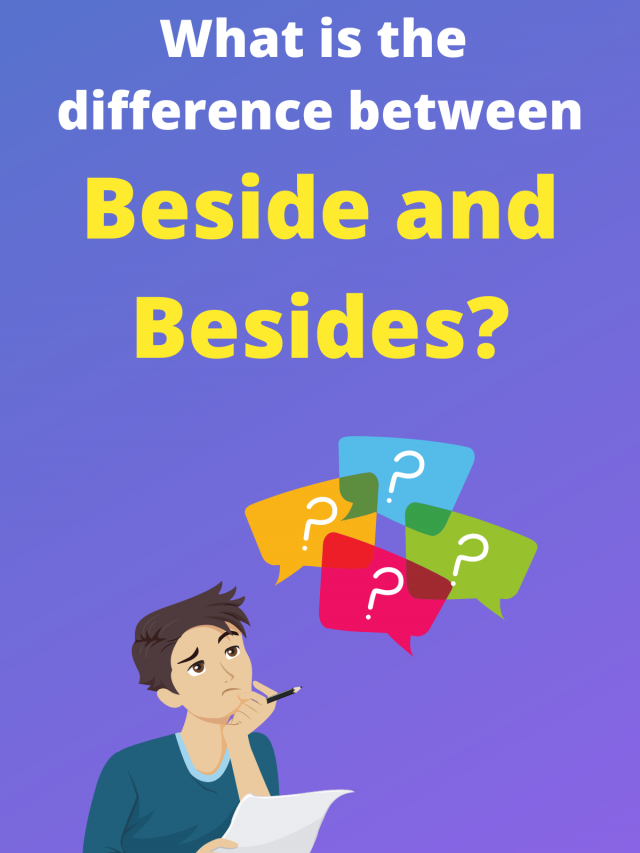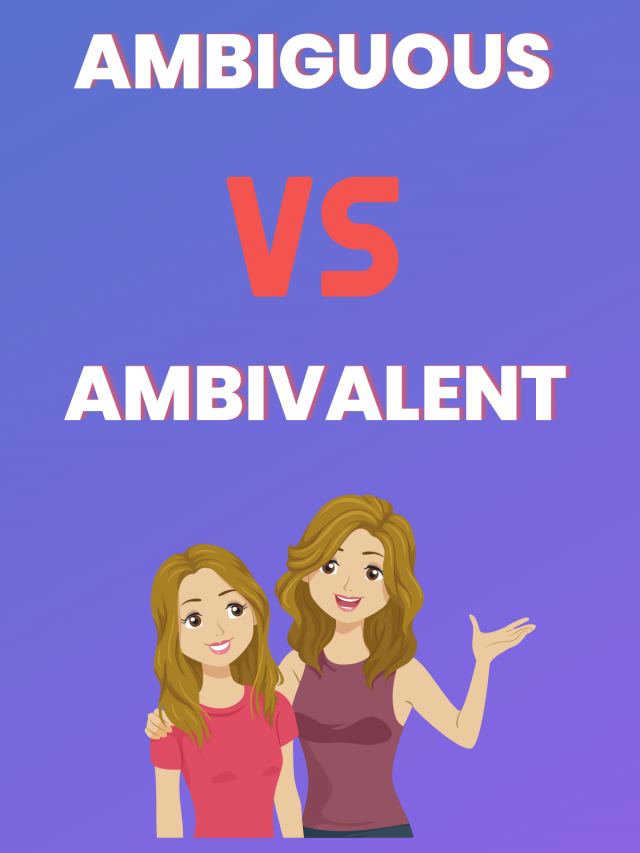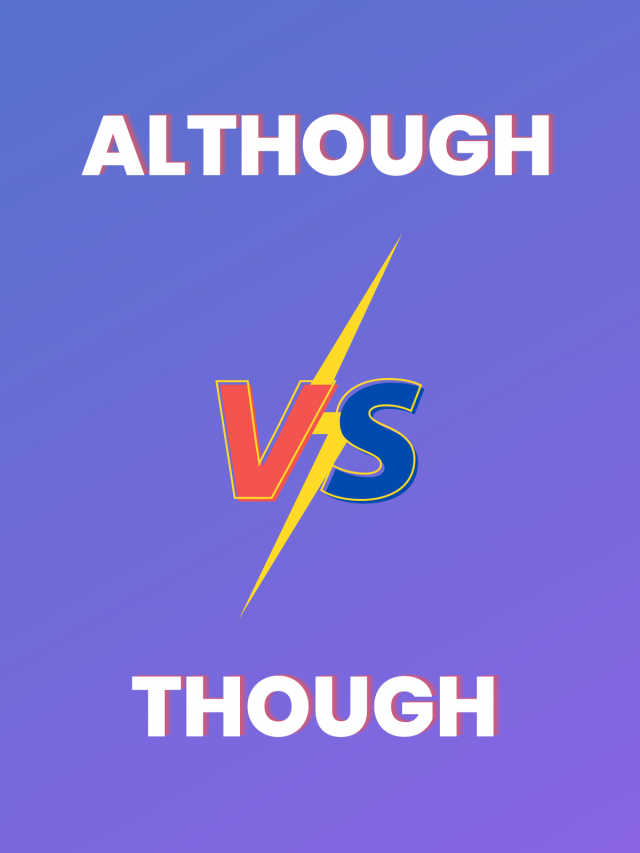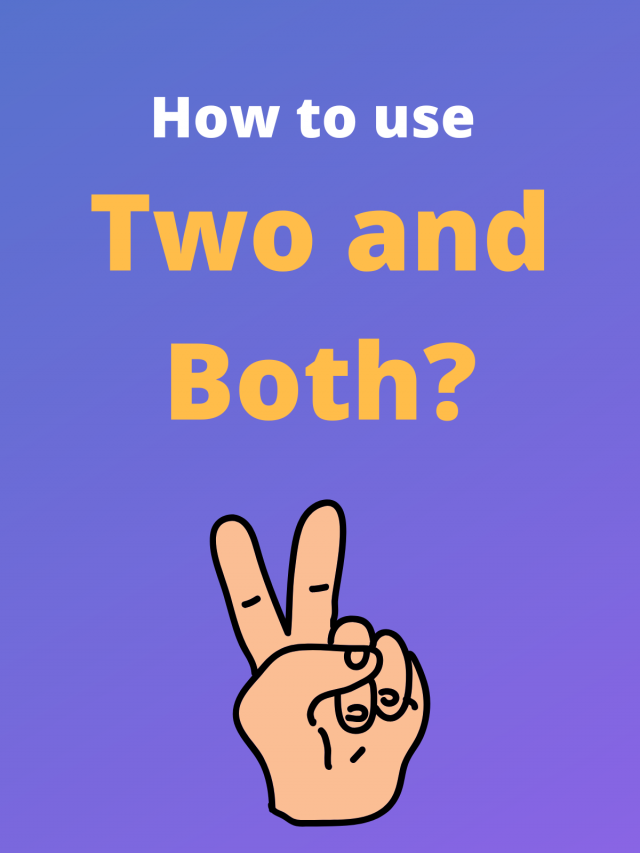As the global language, English varies just a bit from place to place where it is used. This can lead to confusion when it comes to knowing when and how to use specific punctuation marks. Single and double quotation marks are a perfect example of this. Both American and British English use single and double quotation marks, but their usage is very different.
In this article, we’re going to tell you when to use single quotation marks, when to use double quotation marks, and how to make sure you get it right every time.
Single vs. Double Quotation Marks: What’s the Difference?
No matter where you are from, you’ve likely seen both single and double quotation marks used to quote text and text within a text, emphasize a word or point, or indicate a title. In fact, the use of single and double quotation marks generally varies depending on whether you are using American or British English. One simple rule of thumb is if you are writing American English, you probably don’t need to be using single quotation marks. There are two exceptions to this. The first is in news headlines, and the second is in a quote within a quote, like the example below:
“Bob said to me, ‘I won’t go to your family reunion!’”
In American English, single quotation marks should not be used to quote, add emphasis, indicate sarcasm, denote specialized terms, or indicate a title. Single quotation marks should only be used when quoting within another quote, like the example above, or for a quote within a news headline. British English also uses single quotes within news headlines, and in that respect quote usage is the same.
British English, on the other hand, favors the use of single quotes and traditionally only uses double quotation marks to indicate a quote within a quote. The same example above would be written in the UK as:
‘Bob said to me, “I won’t go to your family reunion!”’
This is just one example of how to use single and double quotation marks in line with the rule of thumb mentioned above. Let’s look at some additional uses of quotation marks.
Quotation Marks in the UK vs. the US
To review, American English almost never uses the single quotation mark, while British English rarely uses the double quotation mark. Let’s see some examples in the table below.
| Type | American English | British English |
| Quotation | Shakespeare said, “All the world’s a stage.” | Shakespeare said, ‘All the world’s a stage’. |
| Quotation within a quotation | He said, “Steve Irwin’s famous catch phrase was ‘Crikey!’” | He said, ‘Steve Irwin’s famous catch phrase was “Crikey!”’ |
| Title (of a TV show or article) | Have you seen that episode of Friends, “The One With The Rumor”? | Have you seen that episode of Friends, ‘The One With The Rumor’? |
| Headline (in a newspaper) | Bush says ‘Mission Accomplished’ | Bush says ‘Mission Accomplished’ |
Another difference in quotation mark usage between American and British English is where the punctuation marks go. Usually in American English, the punctuation marks go inside the quotation mark, while in British English, they go outside the quotation mark.
However, American English makes an exception for colons and semicolons. In addition, in American English, question marks and exclamation points go inside the quotation marks only if they are part of the quote.
| Punctuation | American English | British English |
| Period | “All of the containers in the port exploded.” | ‘All of the containers in the port exploded’. |
| Comma | “I just don’t think we can afford it this year,” sighed the president. | ‘I just don’t think we can afford it this year’, sighed the president. |
| Exclamation point | I can’t believe you’ve never heard “practice makes perfect”! | I can’t believe you’ve never heard ‘practice makes perfect’! |
| Exclamation point (part of the quote) | “Please stop singing!” he yelled to his mother. | ‘Please stop singing!’ he yelled to his mother. |
| Question mark | Have you ever heard the saying “the perfect is not the enemy of the good”? | Have you ever heard the saying ‘the perfect is not the enemy of the good’? |
| Question mark (part of the quote) | “Where are you going?” she asked. | ‘Where are you going?’ she asked. |
| Semicolon/Colon | It is true that my boss said “buy whatever you want”; however, I don’t think she meant a Ferrari. | It is true that my boss said ‘buy whatever you want’; however, I don’t think she meant a Ferrari. |
Additional Uses for Quotation Marks
There are several other uses for quotation marks that you may be familiar with. The first is for specialized terms in academic or other such papers, like the following example.
The new law defined “public diplomacy” as “the promotion of diplomatic relations by sharing our country’s culture, history, traditions, art, values, and policies through direct communication with foreign nationals.”
The example above is in American English. British English would look the same, but with single quotation marks. Using quotation marks in this way is a stylistic choice.
Quotation marks can also be used to indicate irony. For example:
Women finally “achieved equality” after winning the right to vote in 1976.
The quotation marks here indicate that the writer does not agree that equality was achieved.
Finally, you may also have seen quotation marks used to indicate emphasis. However, many native speakers of English understand this use of quotation marks as irony and not emphasis. For example:
We “care” about our community!
In the example above, readers are likely to interpret the intended meaning as we do not care about our community. For this reason, underlines, italics, or bold can all be used instead of quotation marks to emphasize a word.
How Can I Make Sure I Use Quotation Marks Correctly?
There are several things you can do as a writer, researcher, or student to make sure that you always use quotation marks correctly. The first is to make sure that you know what you are writing. Are you writing in American English or British English? Is there a specific citation style you should follow for your assignment?
Another thing you can do is make sure you take advantage of helpful resources like online AI grammar checkers.
No matter what kind of writing you are doing, an online AI grammar checker can help make sure your writing is technically correct. If you’re an academic or a student, try an online grammar checker like Trinka, which is specifically designed to check papers with specialized terminology, grammar, and punctuation. As long as you stick to the rules above, you’ll never mix up single and double quotation marks again!

